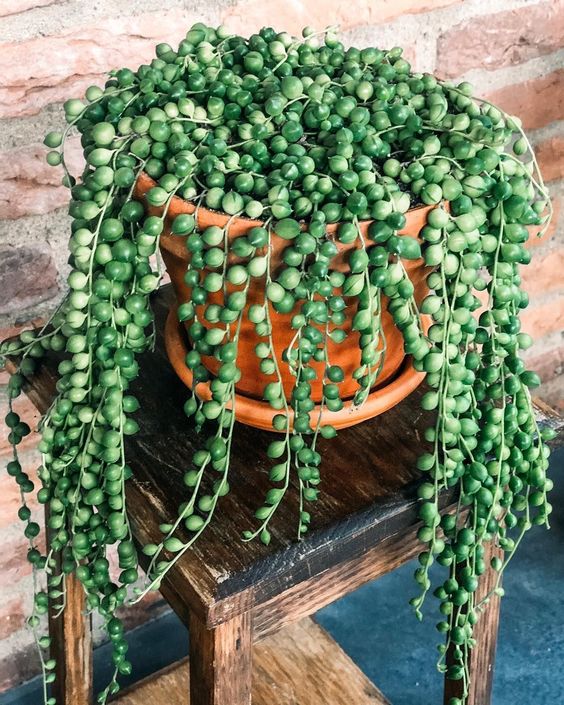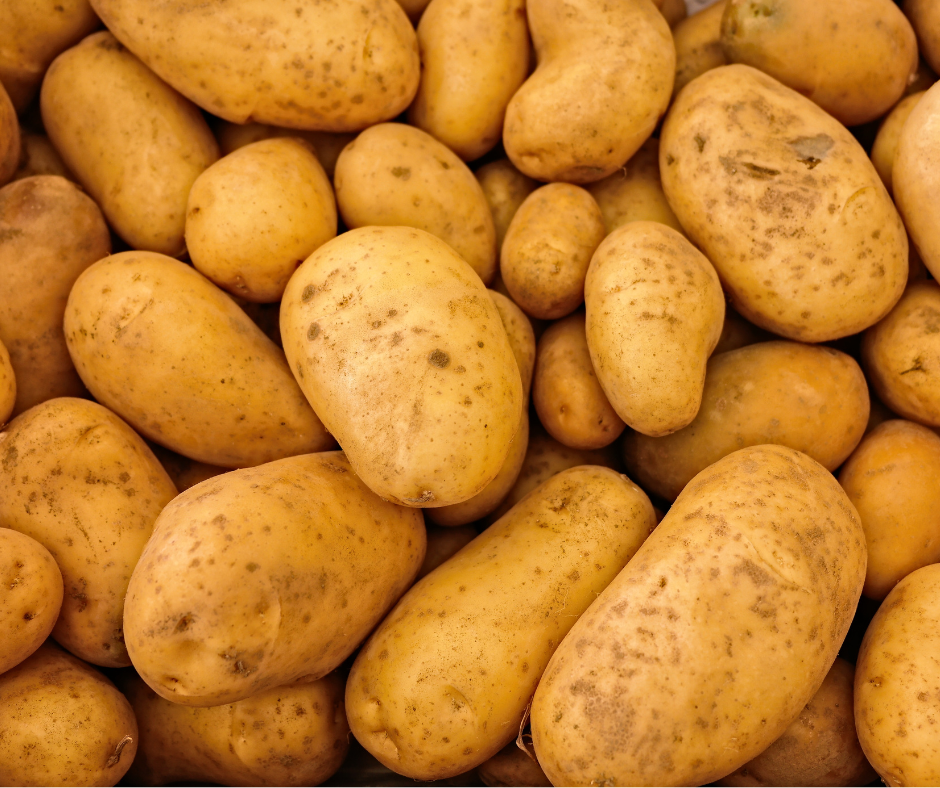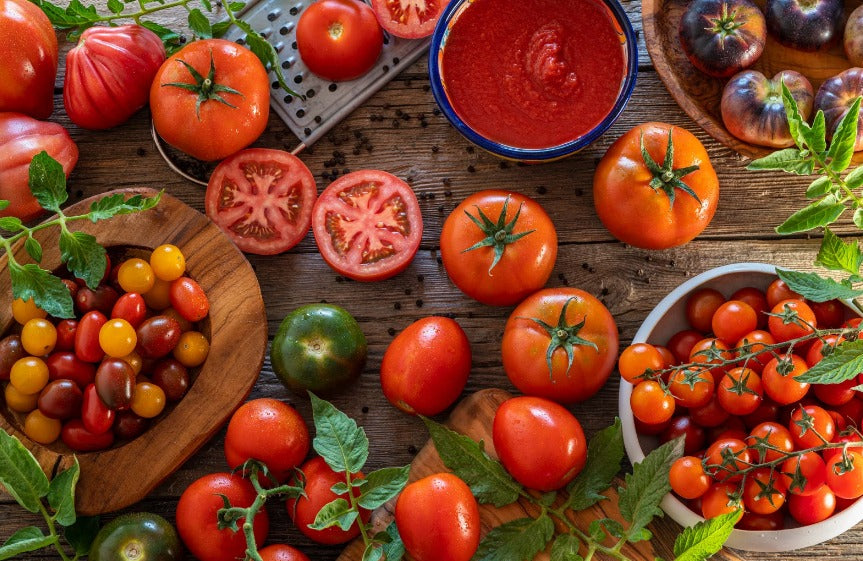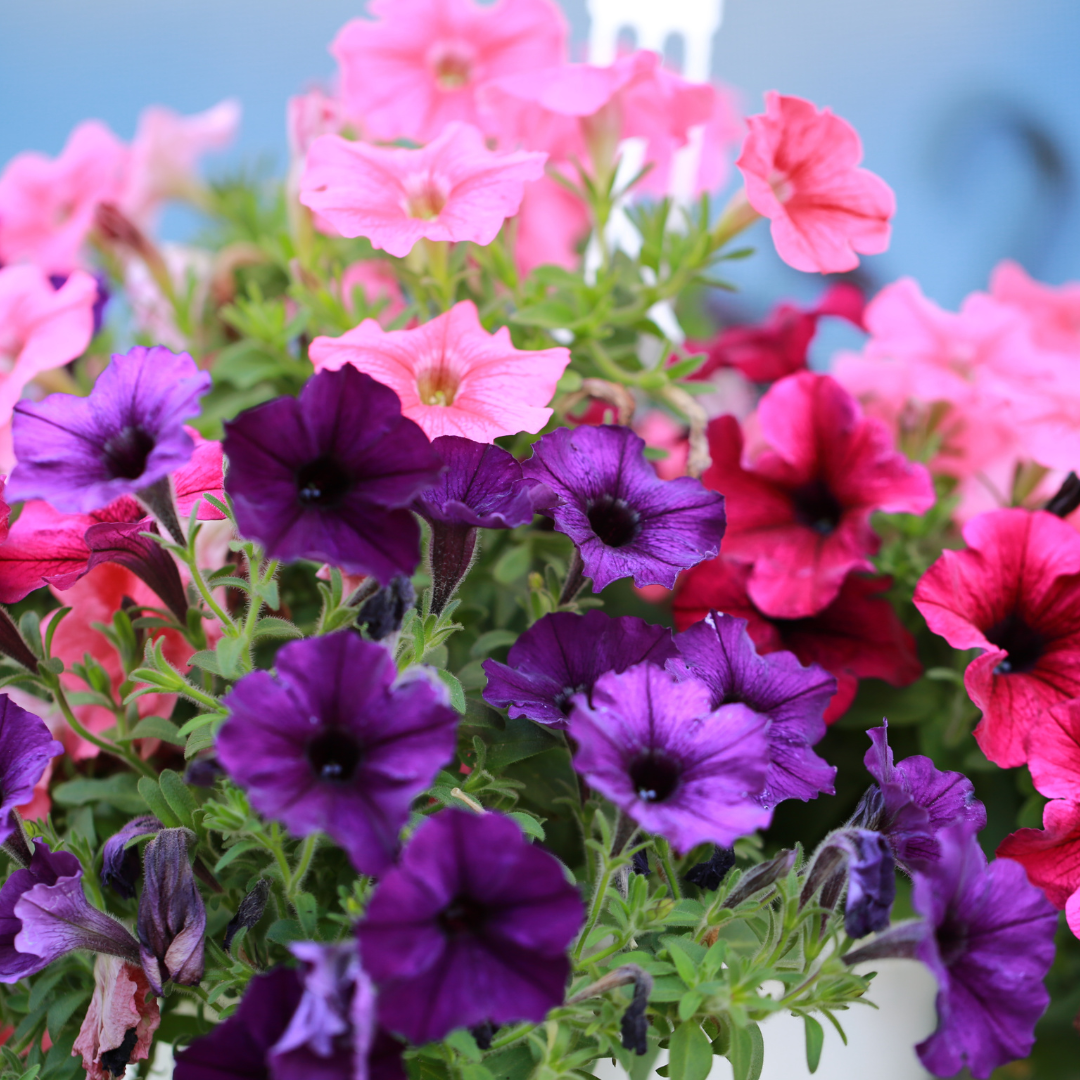What do happy, healthy pearls look like?
String of Pearls that are happy and healthy pearls are plump and round with only a very slight point. You will notice that they are glossy and shiny with smooth green skin. If you look closely at your pearls, you will notice that each of them has a strip along them that looks like a little window. On healthy pearls, this window should be transparent and clearly visible. Lastly, gently pinch one of the pearls, are they firm to touch? Good! That’s another sign of a happy pearl. So, what’s our advice if your pearls tick each of these boxes? That’s easy, just keep doing what you’re doing, this is exactly how your pearls should look! Well done.Why are my pearls pointy?
The simple answer? Your pearls are thirsty! If your String of Pearls look like little green lemons, they are dehydrated. They will also likely be hard to touch, their colour will be looking a lot more dull and matte rather than glossy and shiny. Also, you will notice that they have indented creases running from stem to tip. And those windows we mentioned earlier? They will be far more difficult to see. What to do: Your pearls need more frequent watering, or they will need to be watered more deeply. If your pearls have aerial roots, simply coil them on top of the soil so they can root, allowing your plant to drink more deeply. So, remember, if your pearls look like lemons, they need their thirst quenched!Why are my pearls wrinkly?
It’s likely that if your pearls are wrinkly, you might have been a little heavy handed with the watering. When your pearls have completely lost their nice round shape and now look a little like deflated balloons, they have been overwatered. You’ll also notice that they have a slightly orange skin texture. They will be soft, squishy and mushy in texture and will likely burst if you were to squeeze them. Plus, their windows will now be nearly impossible, if not completely impossible, to see. What to do: There are a few different things you can do to try and save your pearls from drowning.You can:
- Water them less frequently, giving them time to dry out
- Transfer them into a smaller pot
- Transfer them into a terracotta pot
- Make sure the pot you are using has good drainage so that the soil dries and drains quickly
- Use a different soil mix. We recommend half cactus/succulent soil and half porous gravel like perlite or pumice
- Consider bottom watering
This ‘How To’ Guide has been produced to provide basic information and our experienced staff are available to answer any questions that you may have. Because this guide is of a general nature, neither Palmers nor its staff are responsible for the application of the information, as the contents may need to be modified for individual projects and site applications.





